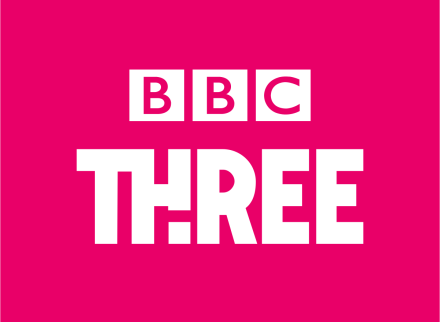
BBC Three is to return to TV screens. The move, says the BBC, is part of a drive to deliver more value to audiences. The BBC’s Annual Plan 2020/21 published last year, outlined research which confirmed there remains an available audience on broadcast television for BBC Three.
Three has been a real hit machine for the BBC, delivering some of the biggest performing shows from Killing Eve to Fleabag and I May Destroy You. Having committed to double the investment on BBC Three commissions over the next two years, the BBC wants to showcase that content to a wider audience.
While the BBC does well with large parts of the younger audience - on average, young adults in the UK spend more media time per week (seven and a half hours) with BBC’s services than any other brand; research identified a significant group of younger viewers who maintain a strong linear TV habit but are currently light users of the BBC. This is a move to change that.
Charlotte Moore, Chief Content Officer said: “BBC Three is a BBC success story, backing creativity, new talent and brave ideas has resulted in hit after hit, from Fleabag and Man Like Mobeen, Ru Paul’s Drag Race UK and Jesy Nelson’s Odd One Out, to Normal People and This Country. The BBC needs to back success and make sure its programmes reach as many young people as possible wherever they live in the UK. So regardless of the debates about the past, we want to give BBC Three its own broadcast channel again. It has exciting, ground breaking content that deserves the widest possible audience and using iPlayer alongside a broadcast channel will deliver the most value.”
The aim is to launch in January 2022 and adapt CBBC’s operating hours to make the most value out of the increased content commissioned. The channel will be targeted at audiences aged 16-34. The new channel will broadcast from 7pm to 4am each day, the same as the hours of the channel when it closed in 2016. As a result CBBC’s broadcast hours will revert to closing at 7pm - as was the case before 2016. As a result, BBC Three will air pre-watershed content suitable for 13+. Importantly, they will not take any further traditional TV channel capacity for services, but reallocate distribution capacity from existing services within the current space.



